Culture & Travel
23 December 2024Europe is a unique continent, home to cities steeped in history, art, and culture in every corner. To celebrate this diversity and showcase the cultural richness of a different city each year, the “European Capitals of Culture” program has been in place since 1985. Thanks to this program, not only is Europe’s cultural heritage promoted internationally, but also the unique identities of the cities themselves.
So, which cities have been honored with this title, and how has it influenced their stories? Let’s now embark on a journey to these enchanting capitals and take a closer look at the unique experiences each one offers.
What Happens in a City When It Becomes a European Capital of Culture?
When a city is designated as a European Capital of Culture, it practically turns into a cultural stage. Throughout the year, numerous creative events take place, from theater to music and from exhibitions to festivals. By blending its historical fabric with modern art and innovative projects, the city creates an atmosphere that appeals to both locals and visitors. As its cultural heritage is celebrated, the city’s distinct story also becomes more visible across Europe.
Prominent European Capitals of Culture
Tartu, Estonia (2024)
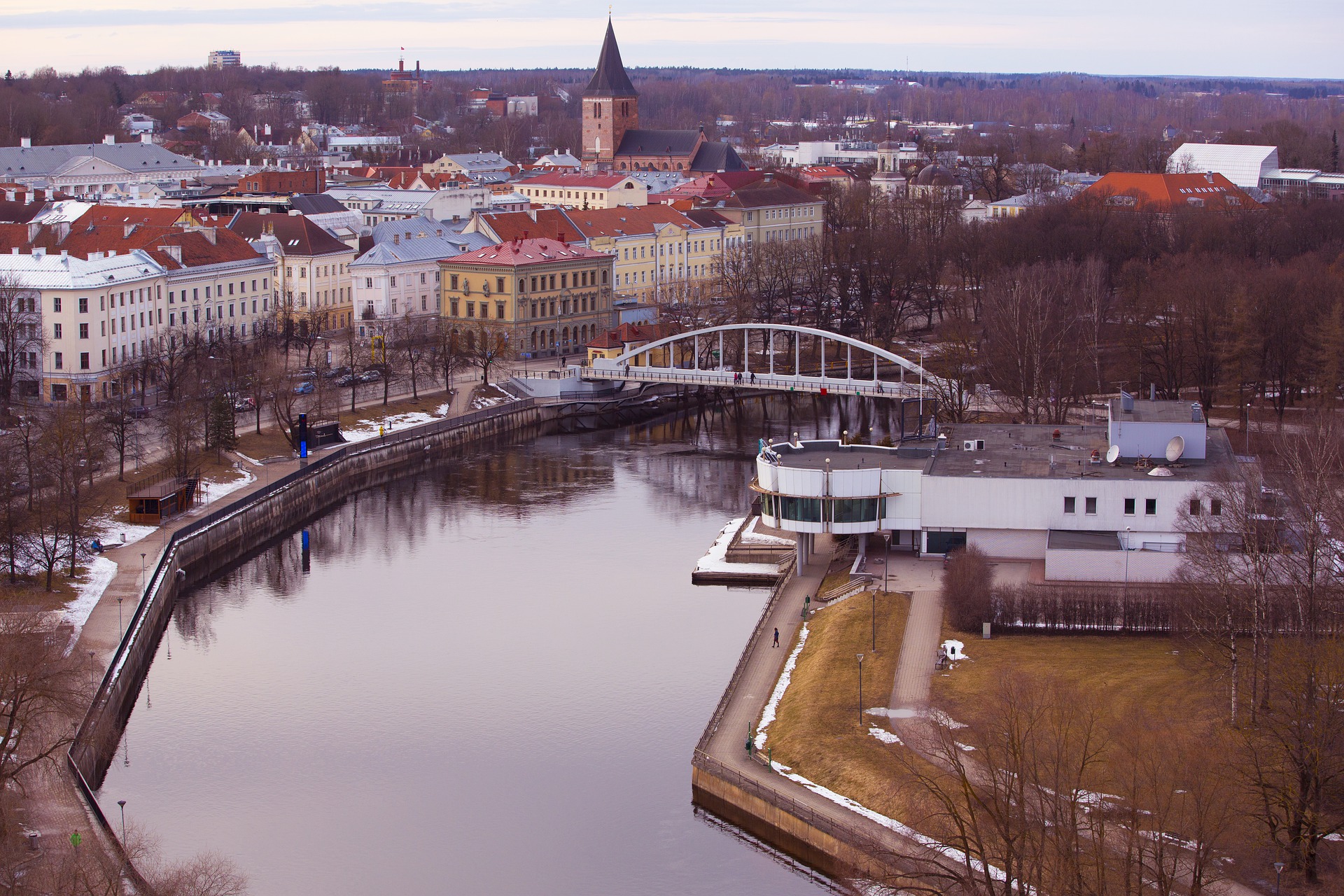
The Estonian city of Tartu, steeped in history and science, made a strong entrance onto Europe’s cultural scene in 2024. Known for its historic university and as an academic center, it also boasts a modern spirit with innovative art projects. Concerts, art exhibitions, theater performances, and street events held throughout the city reflected Tartu’s creative soul at every turn, transforming it into a unique cultural hub that bridges past and future. This elegant city in the Baltics became a center of culture and creativity throughout 2024.
Bad Ischl, Austria (2024)
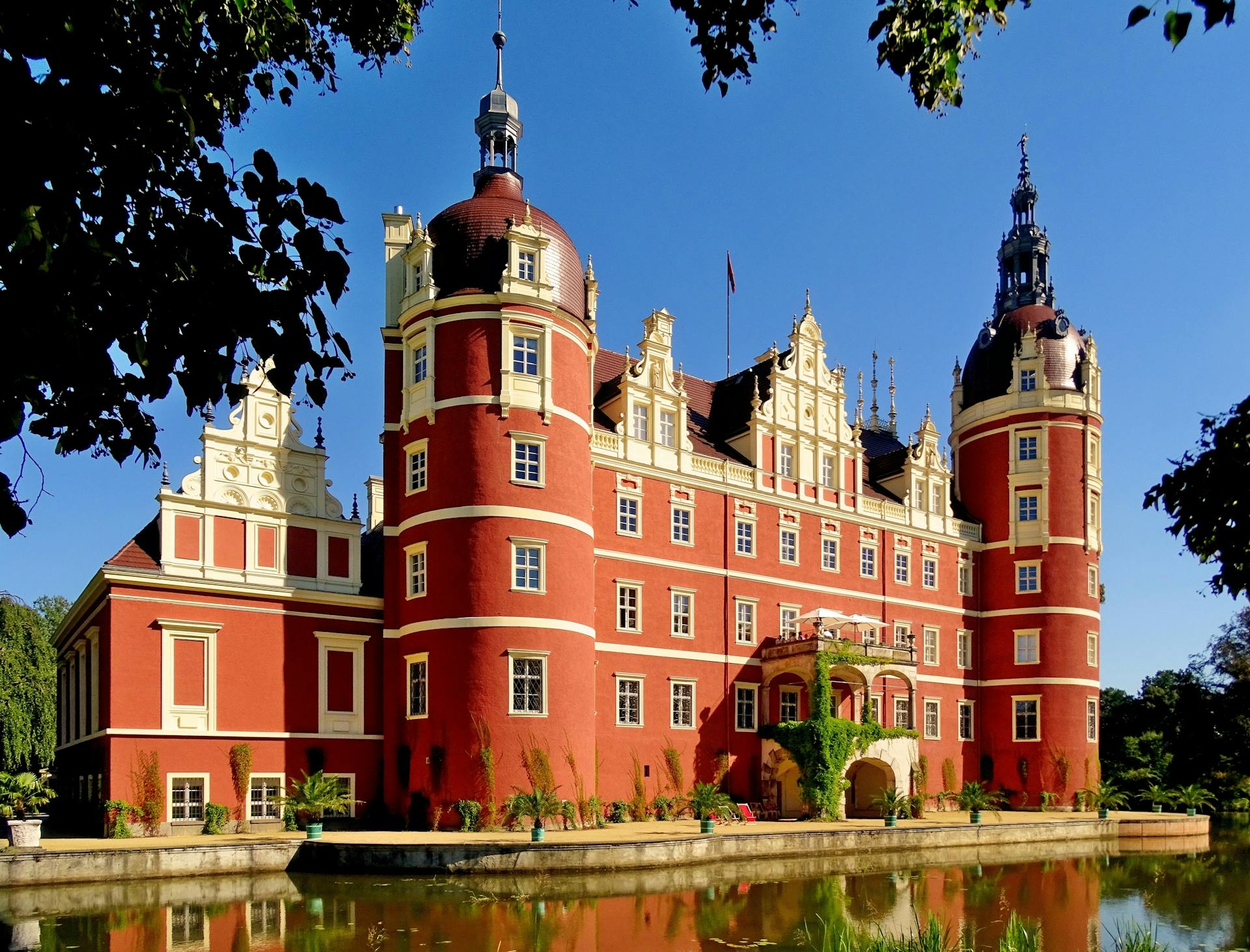
Nestled at the foot of the Alps, Bad Ischl gained an unprecedented energy when it became a European Capital of Culture in 2024. Renowned for its captivating Habsburg-era architecture and hot springs, this small town was revitalized with both traditional and modern events under its capital of culture title. Here, you can indulge in both nature and art as the town merges Alpine tranquility with artistic expression.
Elefsina, Greece (2023)
Elefsina, chosen as a European Capital of Culture in 2023, carries its mythological and historical heritage from ancient times to the present. This small yet fascinating Greek city drew inspiration from ancient festivals to become a hub for exploring contemporary art. Events held at historic sites showcased some of the finest examples of uniting the past with the present.
Veszprém, Hungary (2023)
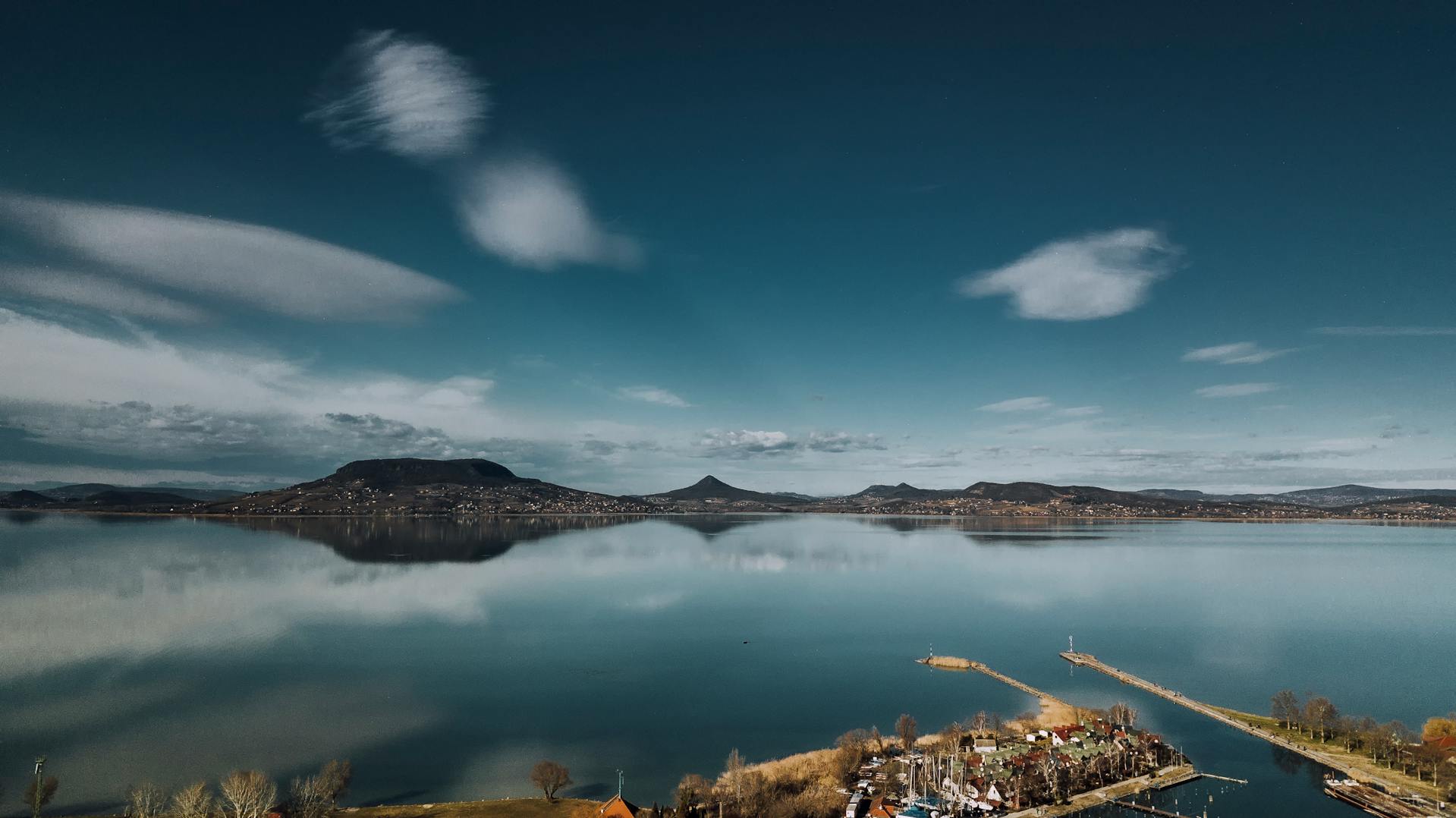
Hungary’s charming and historic city of Veszprém, already adept at enchanting visitors with its castles and squares, acquired an entirely new identity when it was named a capital of culture in 2023. Overflowing with street festivals, concerts, and art exhibitions, the city reinvented itself as a “City of Music and Culture.” The mesmerizing Lake Balaton nearby was also an essential part of this experience.
Esch-sur-Alzette, Luxembourg (2022)
In 2022, Esch-sur-Alzette, named a European Capital of Culture, redefined its industrial heritage through modern cultural projects. Former factories and mining sites were transformed into cultural venues for events held throughout the year. By showcasing innovative art along streets marked by traces of the past, the city created an enchanting atmosphere. Esch offers a different European experience.
Valletta, Malta (2018)
When Malta’s enchanting capital, Valletta, became a European Capital of Culture in 2018, the entire world buzzed with the magnificence of the Mediterranean. Already captivating every visitor with its Baroque architecture, narrow streets, and impressive squares, the city transformed into a cultural festival under its new title. Every corner, from art exhibitions to street theater, was filled with events blending the historic and the modern. Bathed in Mediterranean sunshine, Valletta became a one-of-a-kind place for anyone looking to celebrate both the past and the future.
San Sebastián, Spain (2016)
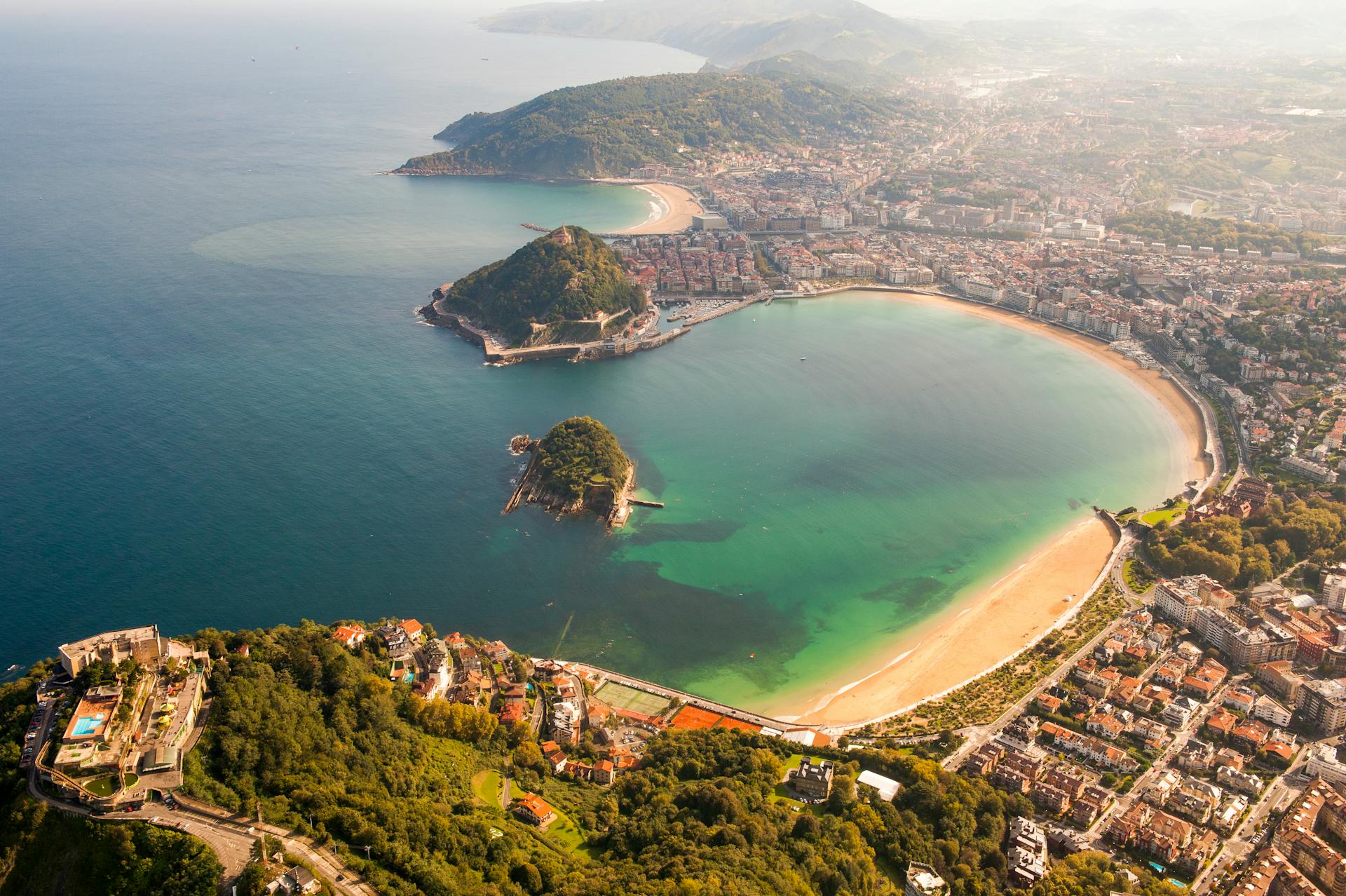
The captivating city of San Sebastián in the Basque Country took center stage as a European Capital of Culture in 2016, standing out with events that combined cuisine, art, and nature. Already renowned for its stunning beaches and famous tapas bars, the city was packed with festivals and exhibitions throughout the cultural year. International events such as the Donostia Film Festival made the city a favorite among culture enthusiasts.
Marseille, France (2013)
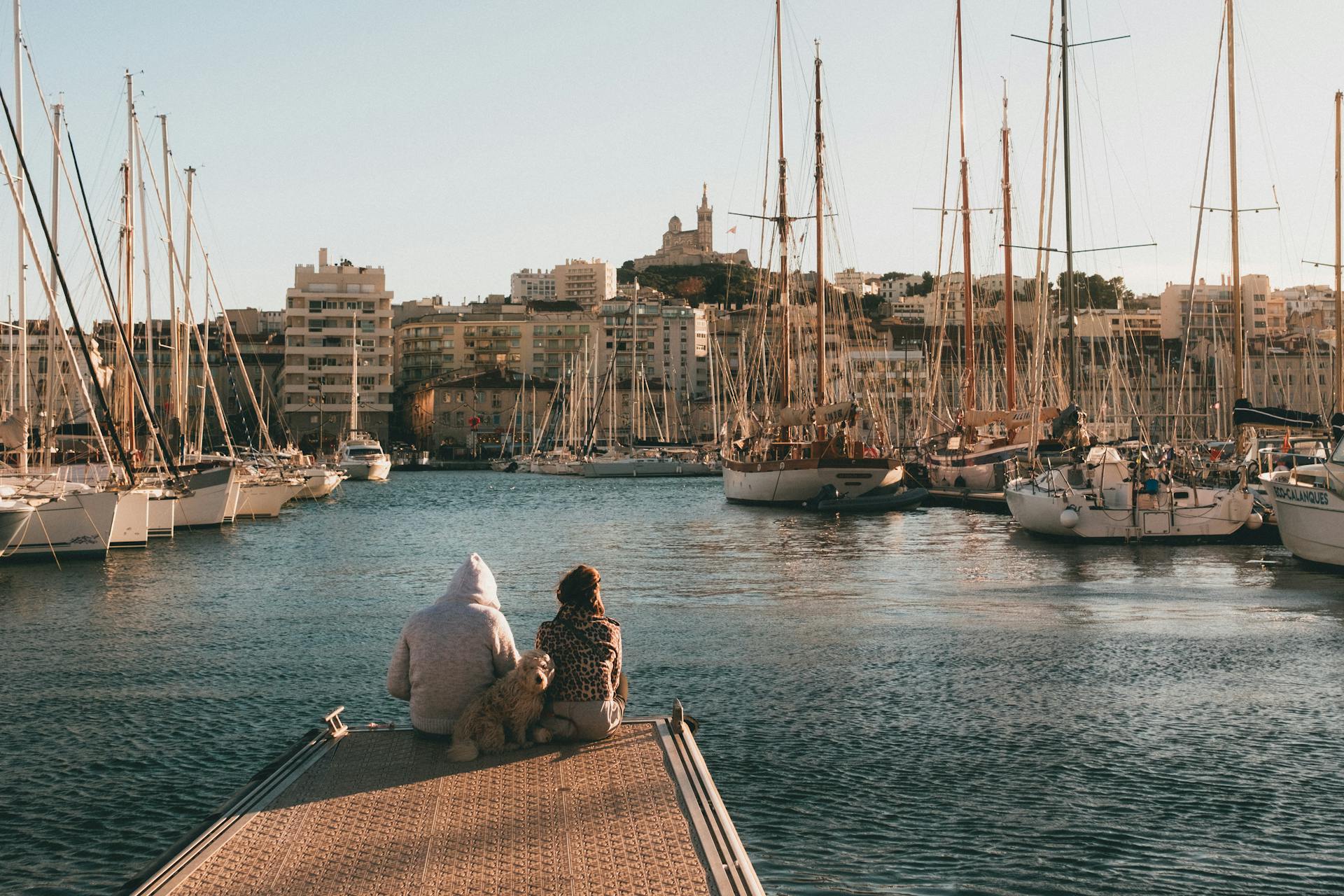
Designated a European Capital of Culture in 2013, Marseille reflected the energy and diversity of the Mediterranean. With its modern art museums, street performances, and historic port, Marseille offered visitors a year full of excitement. The renovated port area, in particular, paid homage to both the city’s past and its future. From gastronomy to music, everything comes together here, and just a stroll is enough to feel Marseille’s spirit.
Liverpool, United Kingdom (2008)
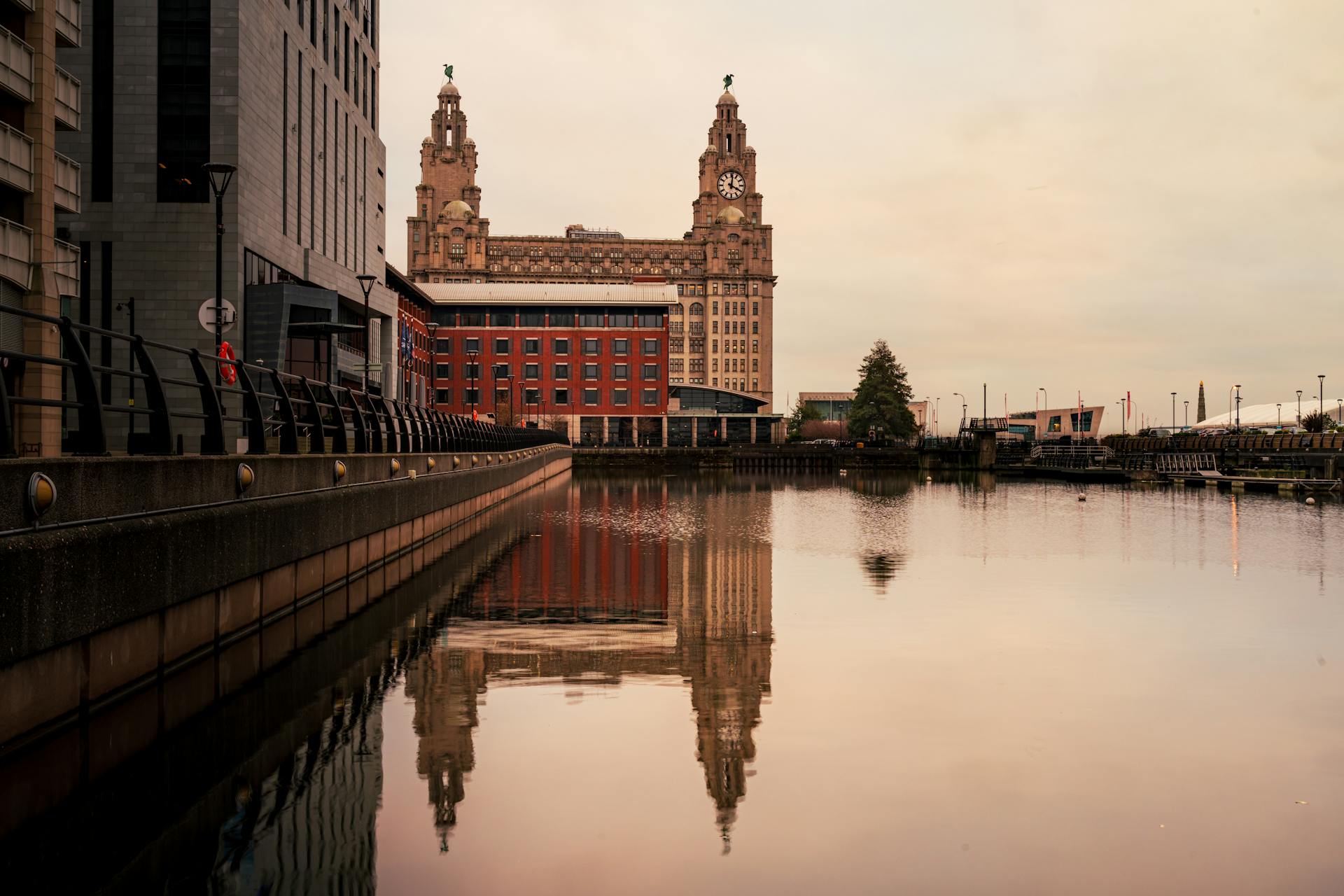
Liverpool, which became a European Capital of Culture in 2008, truly lived up to this distinction as a city with its finger on the pulse of music history. The birthplace of The Beatles was filled with music and art throughout its cultural year. But Liverpool wasn’t limited to just music; it hosted a wide range of events, from street art to contemporary exhibitions. Exploring the city’s character can involve walking along Albert Dock or visiting its historical buildings, taking you on a journey through time.
Krakow, Poland (2000)
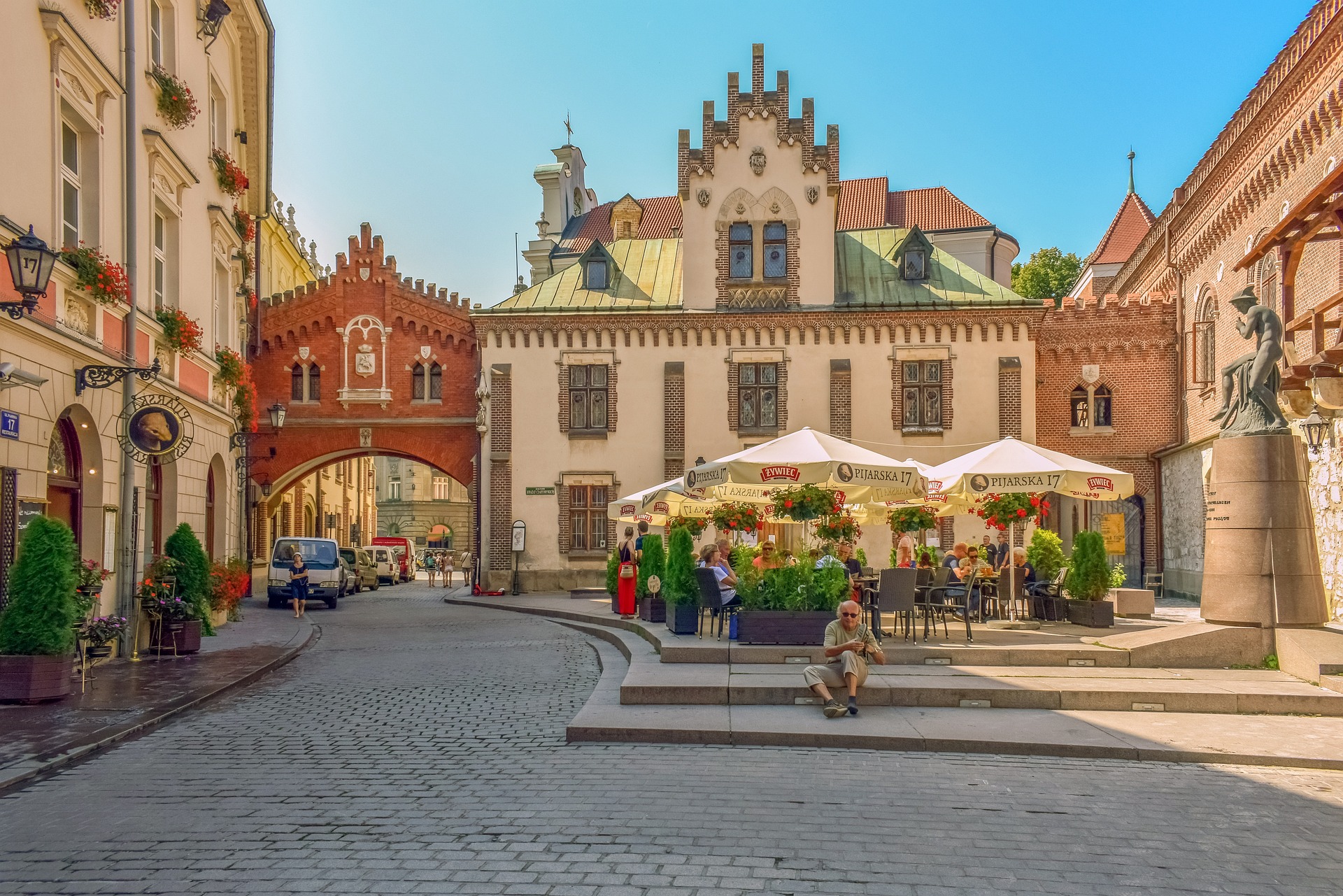
When Krakow became a European Capital of Culture in 2000, it wasn’t just the star of Poland but of all Europe. With its medieval square, the captivating Wawel Castle, and lively marketplaces, Krakow is a city that fully embodies history and culture. After receiving this title, the range of events in the city grew even more diverse, turning Krakow into an artistic hub. One of Poland’s most beloved cities, Krakow offers a glimpse at every corner of how history meets artistic creativity.


